Mastering Homemade Sauerkraut: Unveiling the Secrets of Fermented Cabbage
Sauerkraut, a traditional fermented cabbage dish, has been enjoyed for centuries due to its tangy flavor and numerous health benefits.
While it's readily available in stores, there's something magical about crafting your own homemade sauerkraut. In this article, we delve into the world of sauerkraut-making, sharing the secrets and techniques to create this beloved culinary delight in the comfort of your own kitchen. Join us as we unlock the art of sauerkraut fermentation and discover the joy of preserving cabbage through this ancient preservation method.
Recipe: Homemade Sauerkraut
Ingredients:
- - 5 pounds cabbage (green or purple), cored and thinly shredded
- - 3 tablespoons sea salt (non-iodized)
- - Optional: Caraway seeds, juniper berries, or other spices for added flavor
Tools and Equipment:
- - Large mixing bowl
- - Fermentation vessel (glass jar or ceramic crock)
- - Weight (glass or ceramic weight that fits inside the fermentation vessel)
- - Clean cloth or cheesecloth
- - Rubber band or string
Instructions:
1. Preparing the Cabbage:
- Remove any outer wilted leaves from the cabbage heads.
- Quarter the cabbage and remove the cores.
- Thinly shred the cabbage using a sharp knife or a mandoline slicer.
2. Salting and Massaging the Cabbage:
- Place the shredded cabbage in a large mixing bowl.
- Add the sea salt to the cabbage and start massaging it with clean hands. The salt will draw out moisture from the cabbage, creating a brine that aids in fermentation.
- Continue massaging the cabbage for about 5-10 minutes until it becomes wilted and releases more liquid.
3. Packing the Cabbage in the Fermentation Vessel:
- Transfer the cabbage to a clean fermentation vessel, such as a glass jar or ceramic crock.
- Press down the cabbage firmly to eliminate any air pockets and ensure it is submerged in its own liquid. The brine should rise above the cabbage.
- If needed, add a little filtered water to ensure the cabbage is fully submerged.
4. Weighing Down the Cabbage:
- Place a weight, such as a glass or ceramic weight, on top of the cabbage to keep it submerged in the brine. This prevents exposure to air and promotes proper fermentation.
- If necessary, use a clean, food-safe object like a small plate or a plastic bag filled with brine as a makeshift weight.
5. Covering and Fermenting:
- Cover the fermentation vessel with a clean cloth or cheesecloth to keep out dust and insects.
- Secure the cloth with a rubber band or string.
- Place the vessel in a cool area away from direct sunlight and maintain a consistent temperature between 60-75°F (15-24°C).
- Allow the sauerkraut to ferment for at least 1-2 weeks. Taste it periodically to determine your desired level of fermentation. The longer it ferments, the tangier and softer it becomes.
6. Storing and Enjoying:
- Once the sauerkraut reaches your desired level of fermentation, remove the weight and skim off any surface scum or mold if present.
- Transfer the sauerkraut to clean, airtight jars or containers and store them in the refrigerator.
- Homemade sauerkraut can be enjoyed for several months when properly refrigerated.
Creating homemade sauerkraut is a rewarding and delicious experience that allows you to capture the essence of this traditional fermented cabbage dish.
With just cabbage, salt, and a little patience, you can embark on a journey of preserving and enhancing the natural flavors of cabbage through fermentation. Experiment with different spices and flavors to customize your sauerkraut to suit your taste preferences. Embrace the art of sauerkraut-making, and discover the joy of crafting this probiotic-rich delicacy in your own kitchen. Enjoy the tangy, crunchy, and healthful benefits of homemade sauerkraut as you delve into the world of fermentation.




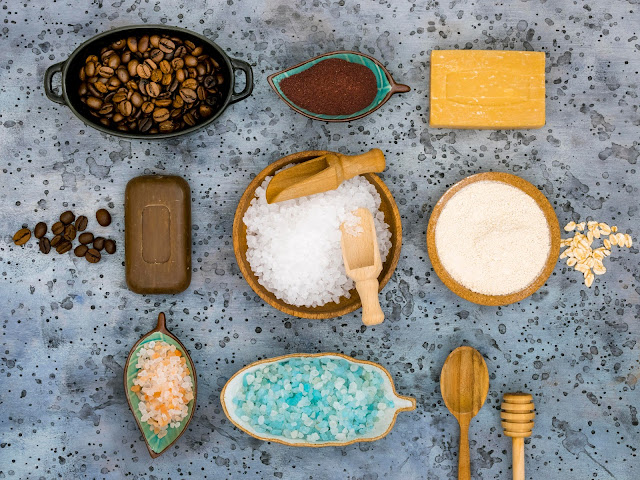

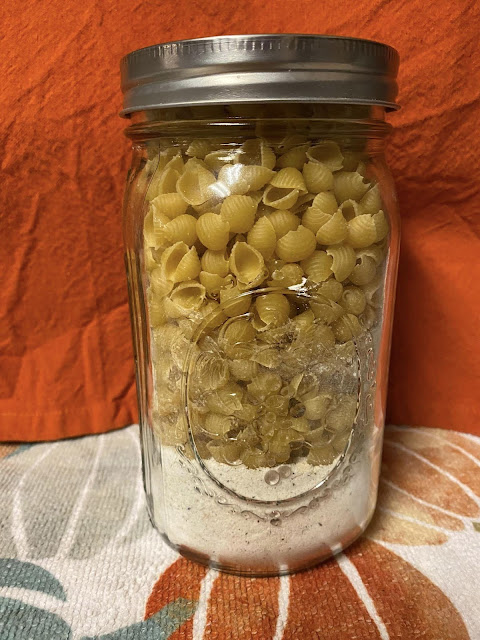




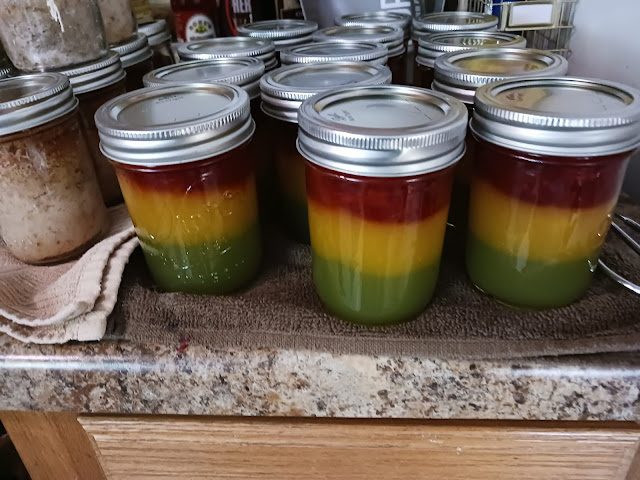

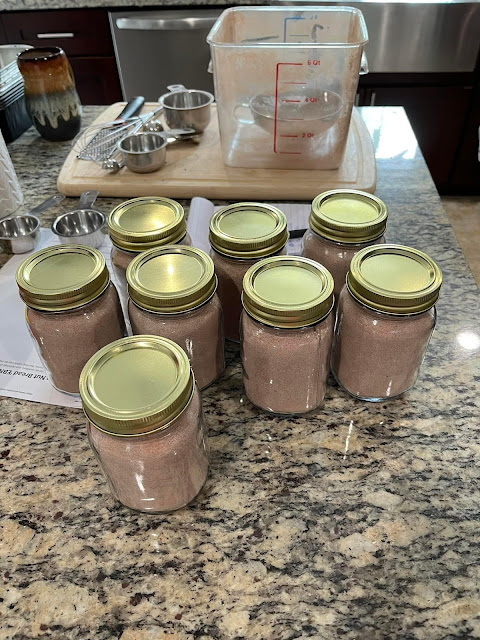
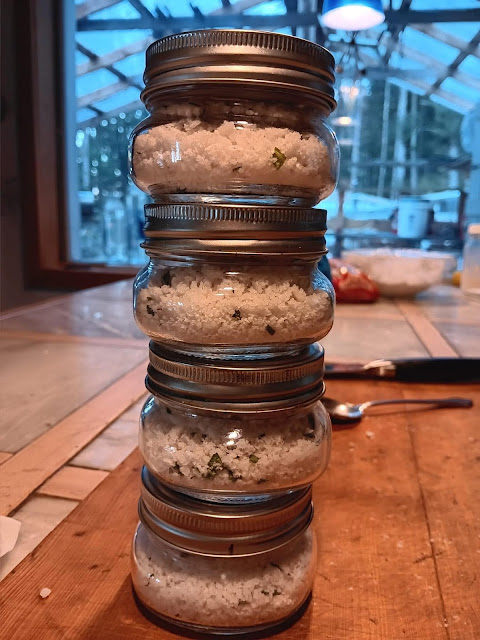
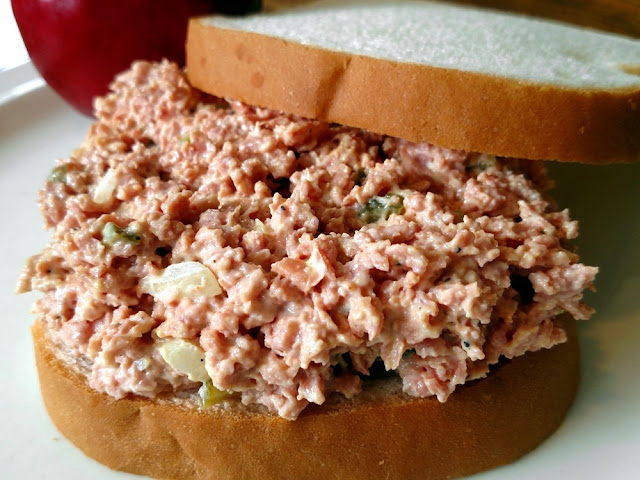
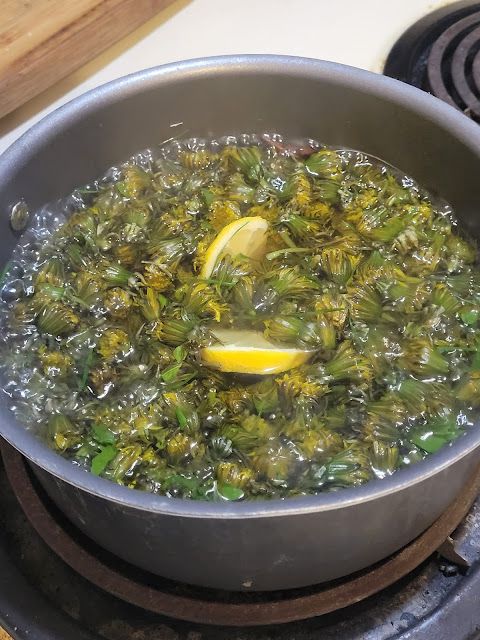



Comments